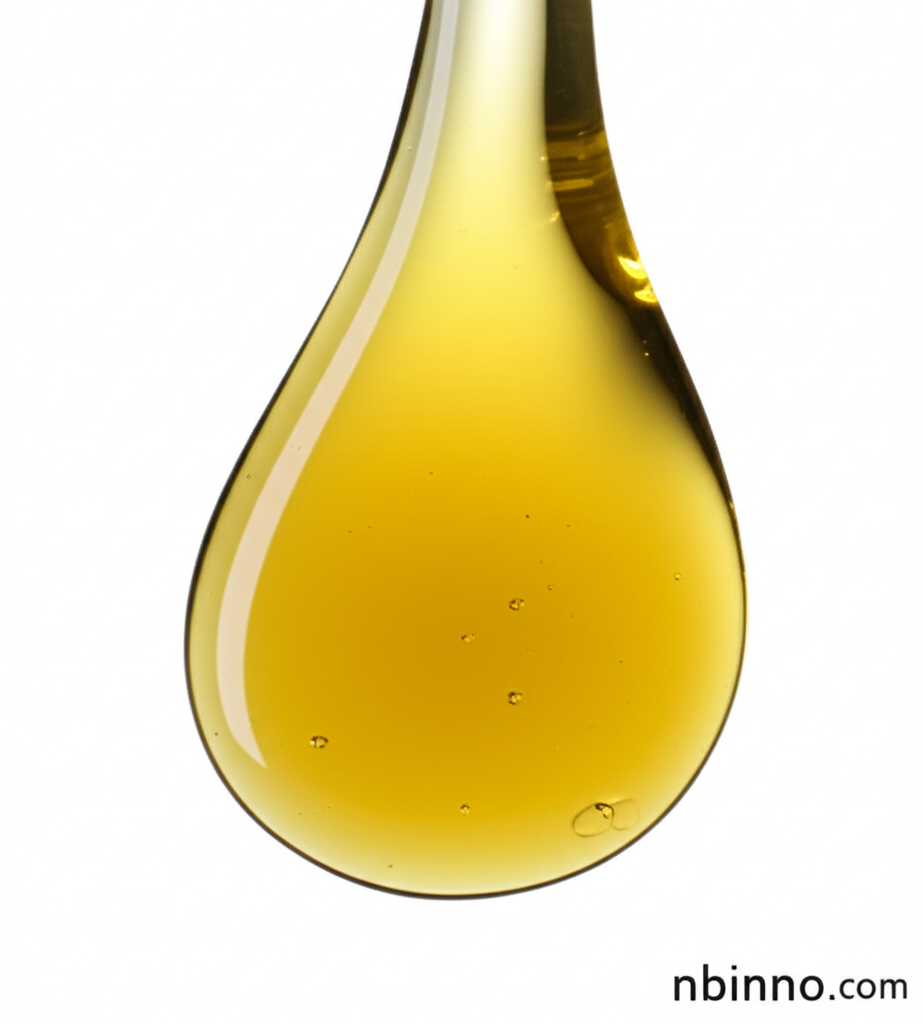High-Performance Catalyst for Epoxy Resin Curing: Understanding 2,4,6-Tris(dimethylaminomethyl)phenol (DMP-30)
Unlock faster curing and enhanced performance in your epoxy systems with this essential tertiary amine catalyst.
Get a Quote & SampleProduct Core Value

2,4,6-Tris(dimethylaminomethyl)phenol
2,4,6-Tris(dimethylaminomethyl)phenol, commonly known as DMP-30, is a highly effective tertiary amine catalyst and accelerator. It is widely utilized in the chemical industry for its ability to significantly improve the curing process of epoxy resins, making it a critical component in the formulation of various high-performance materials.
- Discover the key benefits of using DMP-30 as an epoxy curing accelerator to achieve optimal material properties.
- Explore how this tertiary amine catalyst enhances the performance of other curing agents, including polyamides and acid anhydrides.
- Learn about the advantages of low viscosity amine accelerators like DMP-30 for improved processing characteristics in industrial epoxy applications.
- Understand the role of 2,4,6-Tris(dimethylaminomethyl)phenol in accelerating polyurethane production and related chemical processes.
Product Advantages
Accelerated Curing
Leverage the power of 2,4,6-Tris(dimethylaminomethyl)phenol to significantly speed up the curing times of epoxy resins, boosting production efficiency.
Enhanced Performance
As a potent tertiary amine catalyst, DMP-30 optimizes the cross-linking process, leading to superior mechanical strength and durability in finished epoxy products.
Versatile Application
This catalyst is not only vital for epoxy systems but also serves as a crucial accelerator for polyamide hardeners and in polyurethane synthesis, showcasing its broad utility.
Key Applications
Epoxy Resin Curing
DMP-30 is extensively used as a curing agent and accelerator for epoxy resins in adhesives, sealants, coatings, and composites, contributing to their robust properties.
Polyurethane Production
Its catalytic activity is also harnessed in the production of polyurethanes, isocyanurate foams, and other polymer systems, enhancing reaction kinetics.
Adhesives and Sealants
The chemical's ability to promote fast curing makes it an ideal choice for high-performance adhesives and sealants used across various industries.
Coatings and Laminates
In coatings and laminate materials, DMP-30 facilitates efficient curing, leading to durable and chemically resistant finishes.
Related Technical Articles & Resources
Why Choose Us?
Leverage our expertise and state-of-the-art infrastructure to accelerate your journey from discovery to commercial success.
Global Experience
With 20 years of R&D, manufacturing, and sales experience, we proudly serve clients across 60 countries and regions worldwide.
Advanced Facilities
Our in-house R&D laboratory, pilot platform, and large-scale production workshop are equipped to meet the audit requirements of global customers.
Seamless Scalability
We facilitate a perfect transition from small-scale lab requirements (grams) to full commercialization (hundreds of tons).
